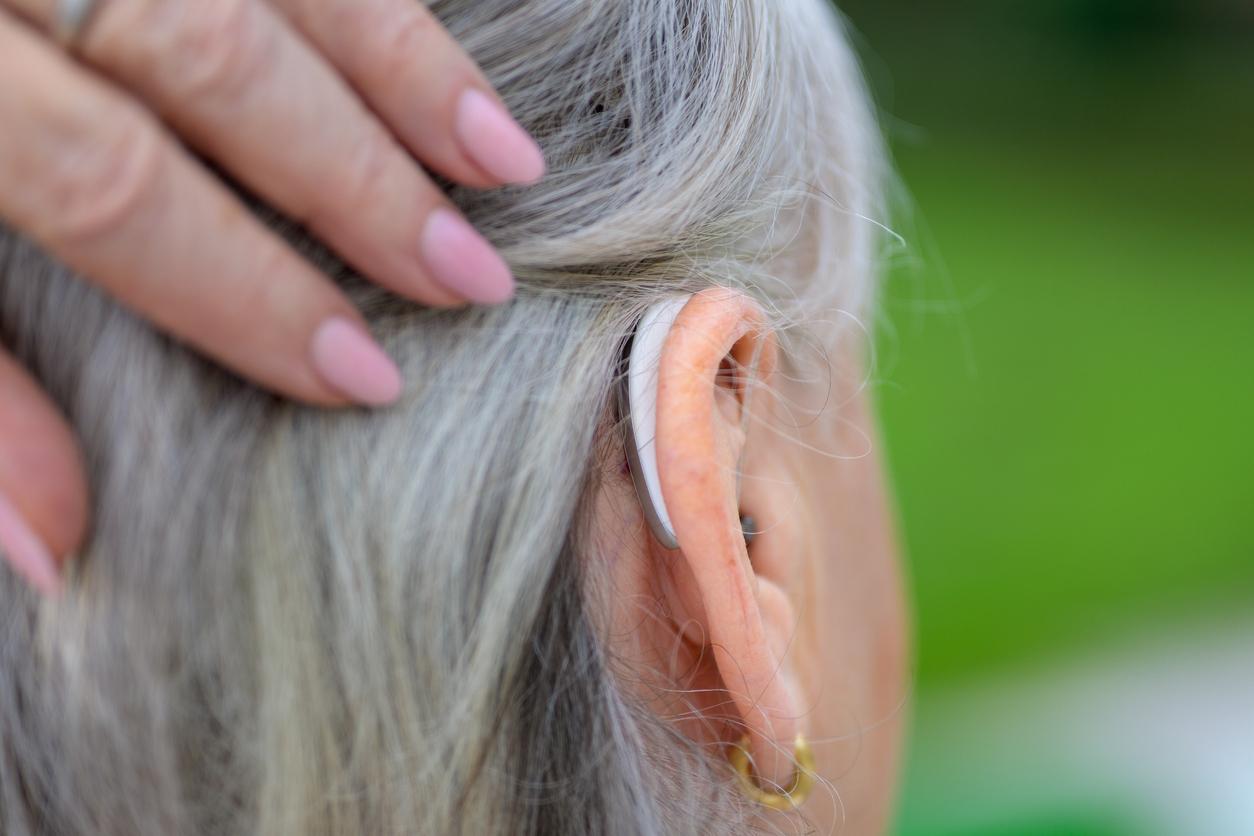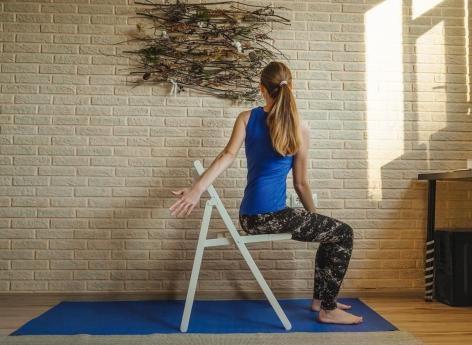In young people, flexibility comes from joints and muscle strength. Conversely, as we age, the muscles lose this role in favor of the nerves which ensure the body’s good flexibility.
-1606407663.jpg)
- The range of motion is done differently whether you are young or old.
- In young people, flexibility comes from muscles that can contract and become rigid, which helps to maintain a position.
- In the elderly, due to muscle wasting, it is the nerves that make the joints flexible.
Flexibility is not innate, it needs to be worked on and preserved over time. The flexibility of a person in their twenties is very different from that of a person in their fifties. Naturally, the precautions must be adapted according to age. Thus, an elderly person is more likely to fall and injure themselves than a young person, because their joints have become less flexible over time. Researchers from the Shibaura Institute of Technology (Japan) looked at the question of flexibility with age. The results were published in the new edition of the monthly Medicine & Science in Sports & Exercise.
The amplitude of movements, the sinews of war
To minimize the risk of accidents and improve the quality of life of older people, it is important to develop measures that improve their physical abilities. To do this, it is essential to better understand the factors that affect joint flexibility, or range of motion.
Research suggests that in youth, skeletal muscle stiffness is the primary characteristic that influences range of motion. However, muscle size naturally decreases and atrophies with age, and older people tend to have less stiff muscles than younger people. This suggests that the link between muscle stiffness and range of motion is not as strong in older people.
To find out, the researchers asked 40 participants (twenty young people in their prime of life and twenty elderly people around 70 years old) to lie down, then turn their ankles until they feel pain. This angle of rotation, in which the participants could move without feeling pain, corresponded to their maximum range of motion. Next, the team determined the stiffness of the tissues using a variable called “shear wave velocity,” measured by ultrasound. These measurements were taken for several calf muscles, the sciatic nerve (main nerve in the leg) and the deep fascia (connective tissue).
The nerves take over
Armed with these measurements, the researchers made three hypotheses. The first is that there is a correlation between maximum ankle amplitude and muscle stiffness in young people but not in old people. Second, peak amplitude would correlate with nerve and fascia stiffness in young and old people. Finally, the two age groups could present different levels of tissue stiffness.
“There haven’t been many studies that have looked at the link between non-muscle tissue stiffness and maximum amplitude, and if there’s an age difference here, so our goal was to provide answers clearer on these questions”, explains Kosuke Hirata, a researcher from the Shibaura Institute of Technology.
The results of their experiments showed that as muscle stiffness decreased, peak amplitude increased in younger participants. However, this correlation was not noted in older participants. Maximum ankle amplitude also increased when nerve stiffness decreased, but only in older participants. Fascia stiffness was not correlated with maximum amplitude in any of the age groups. Overall, non-muscle tissue, particularly nerves, appears to contribute more to joint flexibility as people age.
.

















